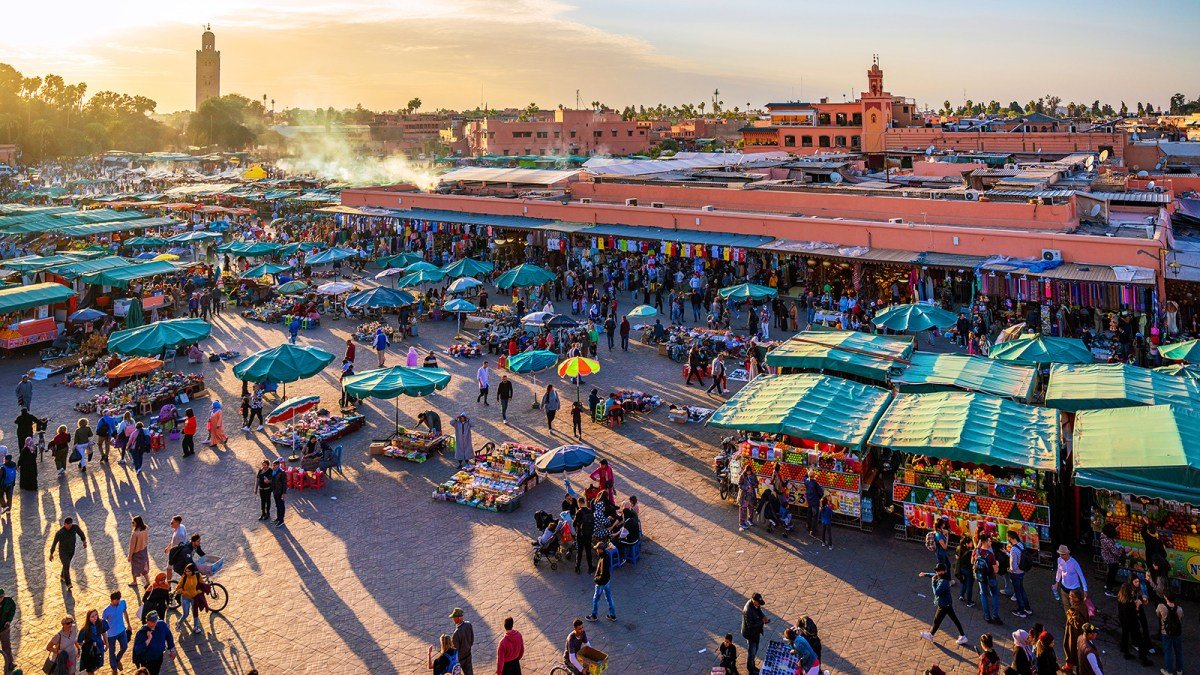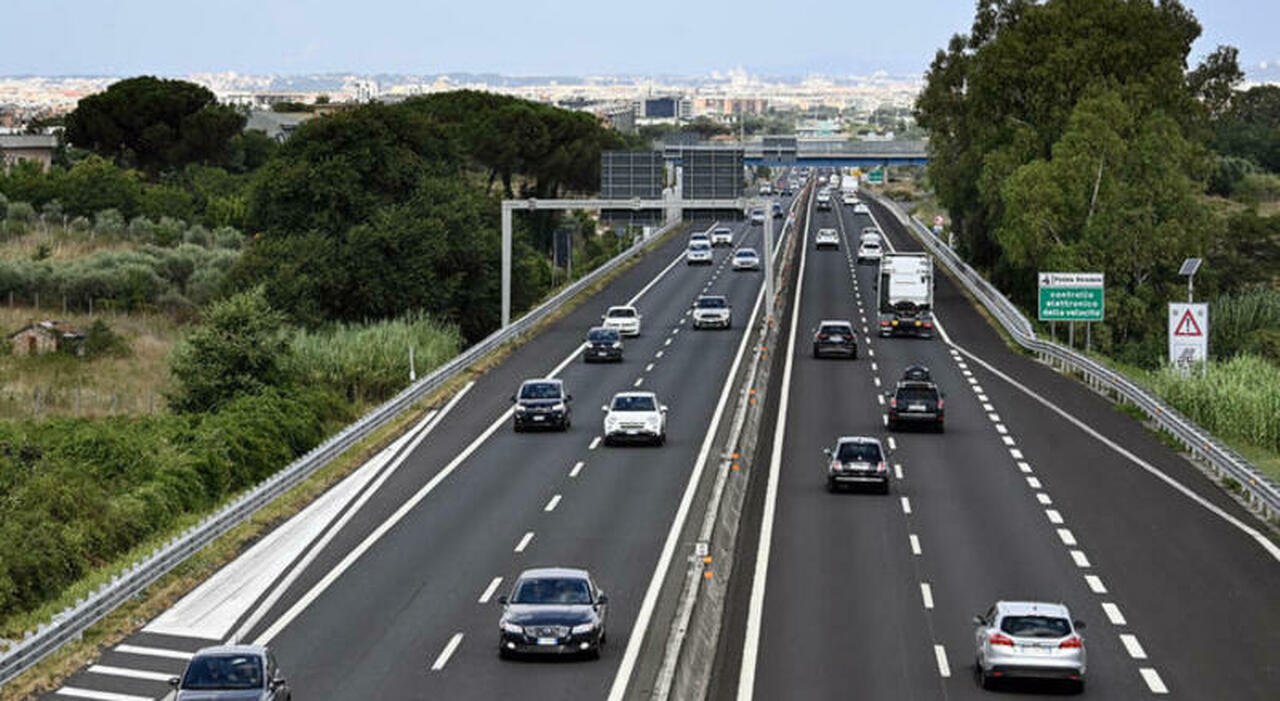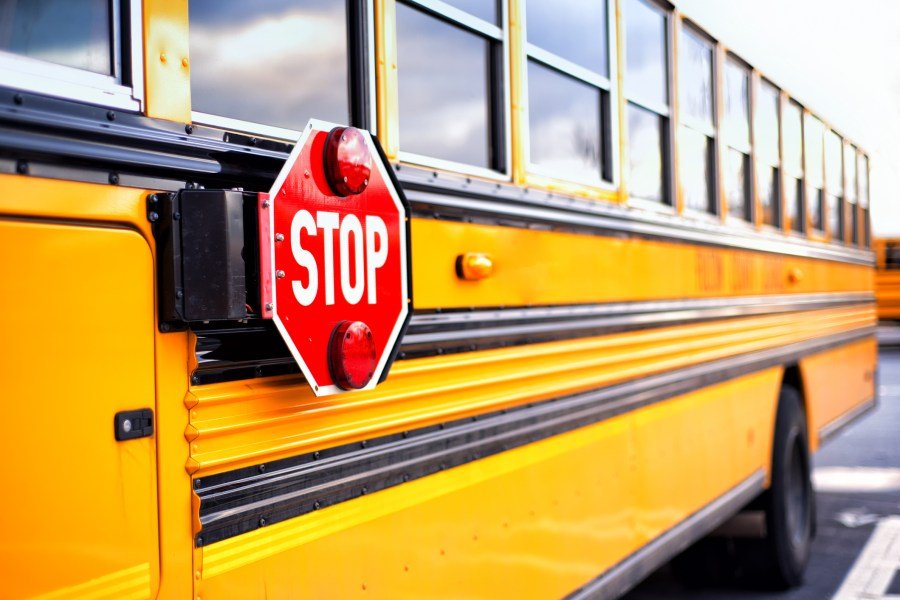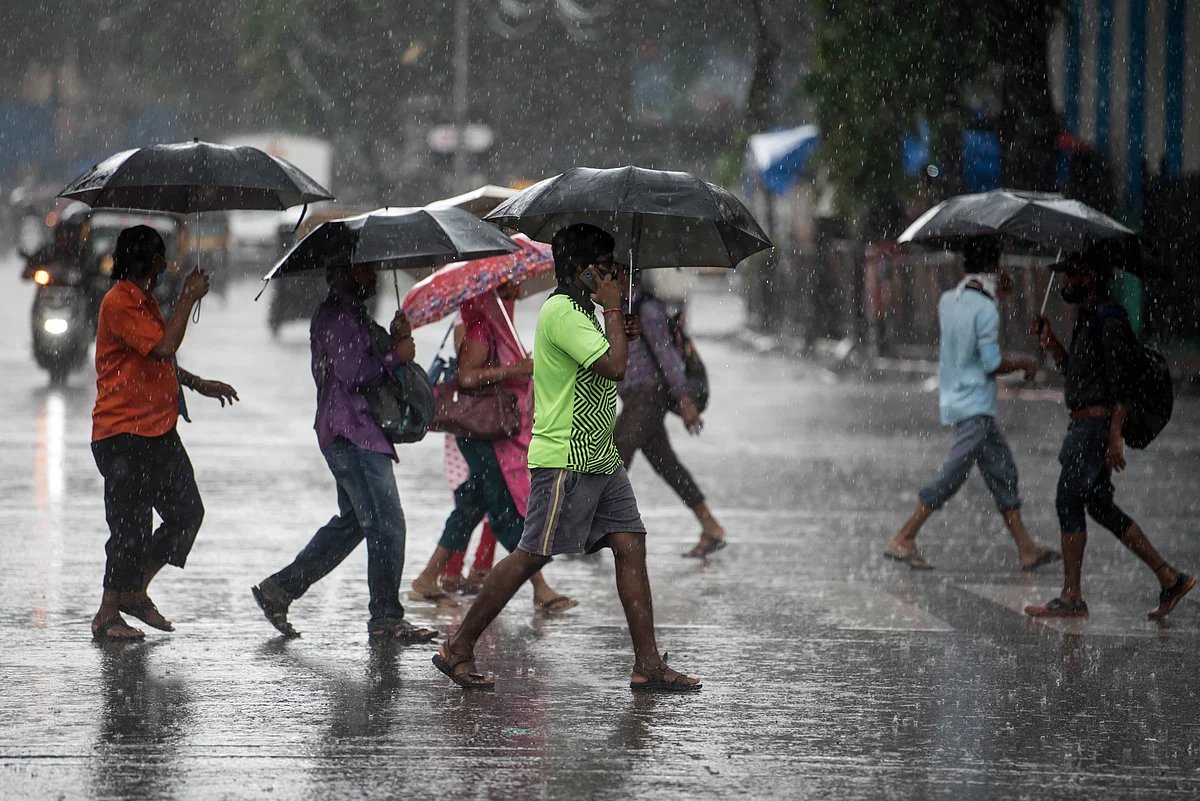Tips & Advices
is it safe to visit right now?

Morocco makes an ideal short-haul holiday destination for families, couples and adventure seekers alike. There are direct flights from several UK airports and with a journey time of under four hours, and there’s no jetlag to contend with. The capital Rabat offers plenty of culture, while Essaouira is a top choice for surfers. And then there’s Marrakesh, an all-rounder for first time visitors and the gateway to the Atlas mountains.
Morocco is hundreds of miles away from both Israel and Iran, but conflict in the Middle East has raised tensions there. On June 13, after Israel attacked Iran, the UK Foreign Office updated its guidance to state: “Ongoing hostilities in the region and between Israel and Iran could escalate quickly and pose security risks for the wider region.”
This advice remains in place after the US launched an attack on Iran’s nuclear sites on June 21 and since Israel and Iran agreed a ceasefire that has held since Tuesday, June 24. The agreement followed twelve days of fighting that closed down airspace across the Middle East and disrupted flights and travel plans.
Aaprt from conflict in the region, there are other safety concerns to bear in mind when visiting Morocco. Here’s what you need to know.
• Is it safe to travel to the Middle East right now?
• Is it safe to travel to Israel right now?
What’s the latest government advice about travelling to Morocco?
A visitor takes a selfie at the Bahia Palace in Marrakesh
GETTY IMAGES
The Foreign Office does not currently advise against travelling to any part of Morocco, although it updated its guidance on June 13 in light of the situation in the Middle East. It stated: “Ongoing hostilities in the region and between Israel and Iran could escalate quickly and pose security risks for the wider region. You should monitor local and international media for the latest information, be vigilant and follow the instructions of local authorities.” Although a ceasefire has held since June 24, this advice remains in place.
More generally, it states that terrorists are “very likely” to try to carry out attacks in Morocco, noting that there is an increased threat linked to the number of Moroccans sympathetic or belonging to Islamic State and other extremist groups. Places highlighted as being at potential risk include crowded areas, government buildings, transport networks, businesses with western interests, and areas where foreign nationals and tourists are known to gather.
• Best hotels in Morocco
• Best hotels in Marrakesh
Has Morocco been affected by the conflict in the Middle East?
Morocco is far from Israel — further than Italy and Greece, for example — so geographically has not been affected by the conflicts between Israel and Hamas, Hezbollah or Iran. However, amid ongoing tensions between Israel and Iran, the Foreign Office recently updated its guidance to warn that hostilities could “pose security risks for the wider region”.
Morocco signed the US-brokered Abraham Accords in 2020, normalising relations with Israel in a move to strengthen ties. However, there is also significant support for Palestinians within the country, and rallies and protests have taken place. The Foreign Office advises that visitors avoid any kind of political protests; you should stay informed by following local news, and obey instructions from security officials.
• Is it safe to travel to Cyprus right now?
Is it safe to travel to Morocco right now?
Street life in the imperial city of Meknes
ALAMY
While the Foreign Office does not currently advise against travelling to any part of Morocco, it raises some general safety considerations to bear in mind.
Petty crimes such as pickpocketing, bag snatching and drive-by motorcycle theft are common in Morocco, particularly in tourist areas such as historic quarters and beaches.
There have also been occasional reports of violent crime, where weapons such as knives have been used against tourists in street attacks and burglaries. The Foreign Office advises avoiding quiet areas (especially after dark) and not carrying large amounts of cash or valuables with you.
You should also watch out for scams, which are common. These can include credit card fraud as well as bogus tour guides offering their services. If you do use a guide in the medina quarter, make sure they have an official badge.
What are Morocco’s entry requirements?
According to the Foreign Office, British passport holders do not need a visa to enter Morocco for tourism for up to 90 days (to stay for longer than this, request an extension at a local police station). Travellers visiting for other reasons should check with the Moroccan Consulate General in the UK about visa requirements.
Your passport should be valid for at least three months after the day you enter Morocco. It should not be damaged, otherwise you may be refused entry. You should also make sure your passport is stamped on arrival, or you may experience difficulties leaving.
• Best villas in Morocco
• Best riads in Marrakesh
Is Morocco safe for female travellers?
A visitor at a night market stall in Djemaa el-Fna, the main square in Marrakesh
GETTY IMAGES
Morocco is generally considered safe for female travellers, especially in holiday resorts. However, if you’re travelling alone, you may receive unwanted attention from men. The Foreign Office advises wearing loose-fitting clothing that covers the arms, legs and chest.
• What can women do to stay safe while abroad?
Is Morocco safe for LGBT travellers?
Homosexuality is illegal in Morocco, although the country remains a popular destination for LGBT travellers. The Foreign Office advises against public displays of affection, which may cause offence and lead to prosecution.
• Safest countries for LGBT travellers
• Is it safe to travel to Egypt right now? Latest advice
Tips & Advices
Essential Road Safety Tips for Summer Travel

Once again this year, the Highway Patrol, in anticipation of the massive summer exodus, wants to disseminate the useful vademecum to tackle and reach holiday destinations safely, advice that remains valid for any movement. Before setting off, it is good practice, first of all, to check the vehicle’s efficiency, with particular attention to the tire pressure and tread conditions which must not be less than 1.6 millimeters. Equally important, if the vehicle is equipped, is to also check the conditions of the spare wheel or otherwise the inflation kit. Check the engine fluid levels, brake pad wear, and therefore the correct functioning of all the vehicle’s lighting devices such as headlights, rear lights, brake lights, and turn signals. Equally important is the condition of the front and rear windshield wipers, whose proper functioning is essential for optimal visibility even in case of rain. The arrangement of the luggage must also be taken care of in such a way that the distribution of the loads does not unbalance the stability of the vehicle and, if using roof racks, always ensure they are well anchored. In case of transport, pets must be secured in the appropriate carriers. Before departure, avoid consuming large meals or drinking alcoholic beverages and possibly check the traffic and weather conditions along the route to be traveled. It is also reminded that it is mandatory for passengers in the front and rear seats to always wear seat belts and secure children in appropriate approved seats. For those traveling on two wheels, it is important to fasten the protective helmet properly and use protective measures. During the journey, proceed at a moderate speed, respecting the limits set by the road owner, exercising maximum caution if you decide to overtake using the appropriate lane. Traffic on the highway, the red and black flag days for August 2025. Avoid any distraction during the journey, especially using the smartphone, even for a very short moment because hundreds of meters are covered without the necessary attention. On the highway, it is reminded that it is allowed to occupy the emergency lanes only in cases of actual necessity, and if so, position the emergency triangle at least 100 meters from the broken-down vehicle, always wearing the reflective vest. Where possible, however, it is better to stop in the appropriate service areas. In any case, without further delay, contact the single emergency number (112) indicating the exact position and wait for the arrival of assistance. At the same number, all possible issues such as accidents, vehicles in trouble, objects on the road, or fires must be reported; in this regard, it is absolutely forbidden to throw cigarettes or matches out of the windows. In case of fatigue, it is advisable to reach a safe place for a stop, so as to resume normal attention conditions for safe and responsible driving. On the State Police website, in the area reserved for Italy’s Viability (https://www.poliziadistato.it/articolo/1815cb58d622d6ac985858152) the ‘Summer Exodus Plan 2025’ has been published where it is possible to find: – the intense traffic calendar (flags); – the mapping of the road and motorway sections most subject to traffic issues and related alternative itineraries (north – center – south and islands); – the geographical areas ordinarily subject to overflight by State Police and Carabinieri aircraft; – the railway police surveillance plan; – the mapping of speed detection systems (tutors) located on the motorway network.
© ALL RIGHTS RESERVED
This article is automatically translated
Tips & Advices
Mississippi school travel safety tips

JACKSON, Miss. (WJTV) – Mississippi parents and students are encouraged to stay safe while going to school and back home.
AMR in central Mississippi advised parents to teach their children the following rules to stay safe when traveling to or from school.
Getting on or off the bus:
-
Riders should stay outside the “danger zone” around the bus. The danger zone is ten feet wide all the way around the bus. For little children, say six “giant steps” At that distance from the bus, the bus driver can see a child.
-
If you drop something near the bus, first signal the driver and tell him or her. Never try to pick it up first because the driver may not be able to see you.
-
Always stay away from the wheels of the bus.
-
Hold on to the handrail on the bus.
-
Never assume other vehicles have stopped for the school bus. Keep watching for other vehicles as you walk in front of the bus.
-
If you must cross the street in front of the bus, walk at least ten feet ahead of the bus until you can turn around and see the driver.
-
Make sure the bus driver can see you.
-
Wait for a signal from the bus driver before beginning to cross.
-
When the bus driver signals for you to cross, walk across the road while also keeping an eye out for sudden traffic changes.
-
If you leave something on the bus, never go back to get it. The bus may already be moving and the driver might not see the child.
Getting to the bus stop:
-
Parents should walk smaller children to their stop.
-
Each child should be dressed in contrasting bright colors.
-
Leave home early enough to avoid running to the bus. Running to the bus can be dangerous.
-
Older children should watch the younger ones closely.
-
Children walking or standing in groups are easier for drivers to see than one child alone.
Waiting for the bus to arrive:
-
Always stand at least ten feet from the curb or edge of the road.
-
Do not run or play while waiting for the bus.
-
Do not take anything out of backpacks while waiting. That way, nothing gets dropped or blows away in the wind.
Getting on the bus:
-
Be sure the bus driver can see you and you can see the bus driver.
-
Enter the bus in a single file with the younger children first.
-
Never walk behind the bus.
While the bus is in motion:
-
Stay seated, facing forward.
-
Keep your hands to yourself.
-
Talk quietly. Don’t talk at all near railroad crossings so the driver can listen closely for sounds of a train.
-
Do not distract the driver.
-
Keep the aisles clear. Keep your belongings on your lap.
-
Do not block emergency exits with sports equipment or musical instruments.
Walking to and from school:
-
Always walk on the sidewalk when one is available.
-
Cross the street only at intersections or street corners. Do not “jaywalk.” If a crosswalk is painted on the street, use it.
-
Before you begin to cross the street, stop and look left, right and left again to spot oncoming cars.
-
If no cars are coming, it is safe for you to cross but continue looking left-right-left as you cross.
-
Do not dart into the street between parked vehicles.
Riding a bicycle to school:
-
Always wear a helmet when riding your bicycle.
-
Make sure that your helmet fits correctly.
-
Ride on the right side of the road in the same direction other vehicles are going.
-
If two or more bikers are together, ride one behind the other, not side by side.
-
Come to a complete stop before crossing each street.
-
Make sure clothes, shoes and the bicycle have reflective materials on them so drivers can see you more easily.
Thanks for signing up!
Watch for us in your inbox.
Subscribe Now
Copyright 2025 Nexstar Media, Inc. All rights reserved. This material may not be published, broadcast, rewritten, or redistributed.
For the latest news, weather, sports, and streaming video, head to WJTV.
Tips & Advices
Weather Updates Across India: Travel Disruptions, Flood Warnings And Safety Tips – Outlook Traveller
-

 Brand Stories3 weeks ago
Brand Stories3 weeks agoBloom Hotels: A Modern Vision of Hospitality Redefining Travel
-

 Brand Stories2 weeks ago
Brand Stories2 weeks agoCheQin.ai sets a new standard for hotel booking with its AI capabilities: empowering travellers to bargain, choose the best, and book with clarity.
-

 Destinations & Things To Do3 weeks ago
Destinations & Things To Do3 weeks agoUntouched Destinations: Stunning Hidden Gems You Must Visit
-

 Destinations & Things To Do2 weeks ago
Destinations & Things To Do2 weeks agoThis Hidden Beach in India Glows at Night-But Only in One Secret Season
-

 AI in Travel3 weeks ago
AI in Travel3 weeks agoAI Travel Revolution: Must-Have Guide to the Best Experience
-

 Brand Stories1 month ago
Brand Stories1 month agoVoice AI Startup ElevenLabs Plans to Add Hubs Around the World
-

 Brand Stories4 weeks ago
Brand Stories4 weeks agoHow Elon Musk’s rogue Grok chatbot became a cautionary AI tale
-

 Brand Stories2 weeks ago
Brand Stories2 weeks agoContactless Hospitality: Why Remote Management Technology Is Key to Seamless Guest Experiences
-

 Asia Travel Pulse1 month ago
Asia Travel Pulse1 month agoLooking For Adventure In Asia? Here Are 7 Epic Destinations You Need To Experience At Least Once – Zee News
-

 AI in Travel1 month ago
AI in Travel1 month ago‘Will AI take my job?’ A trip to a Beijing fortune-telling bar to see what lies ahead | China

